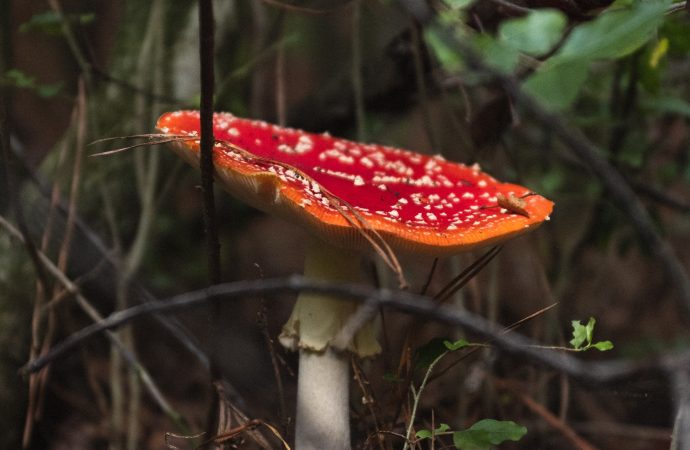Urban gardening is a growing trend that has gained popularity in recent years. With limited space in urban areas, it can be challenging to create a garden that is both aesthetically pleasing and environmentally friendly. However, with a little creativity and planning, urban gardeners can maximize biodiversity in their small spaces. In this article, we
Urban gardening is a growing trend that has gained popularity in recent years. With limited space in urban areas, it can be challenging to create a garden that is both aesthetically pleasing and environmentally friendly. However, with a little creativity and planning, urban gardeners can maximize biodiversity in their small spaces. In this article, we will explore some ideas for urban gardeners to create a biodiverse garden.
1. Choose Native Plants
One of the easiest ways to maximize biodiversity in your urban garden is to choose native plants. Native plants are adapted to the local climate and soil conditions, making them more resilient and less prone to disease. They also provide food and habitat for local wildlife, such as birds and insects. By planting native plants, you can create a mini-ecosystem in your garden that supports local biodiversity.
2. Create a Vertical Garden
If you have limited horizontal space, consider creating a vertical garden. Vertical gardens can be created using trellises, hanging baskets, or wall-mounted planters. By using vertical space, you can maximize the number of plants in your garden while minimizing the footprint. Vertical gardens also provide a habitat for climbing plants, such as ivy and honeysuckle, which can attract birds and insects.
3. Incorporate Water Features
Water features, such as fountains or small ponds, can attract a variety of wildlife to your garden. Birds, insects, and amphibians are all attracted to water sources. Water features also provide a calming and relaxing atmosphere, making your garden a peaceful retreat in the midst of the city.
4. Use Companion Planting
Companion planting is the practice of planting different species of plants together to create a mutually beneficial relationship. For example, planting marigolds with tomatoes can help repel pests, while planting beans with corn can help fix nitrogen in the soil. By using companion planting, you can create a diverse garden that supports a variety of plant and animal life.
5. Provide Habitat for Wildlife
In addition to planting native plants and incorporating water features, you can also provide habitat for wildlife by adding birdhouses, bat boxes, or insect hotels to your garden. These structures provide shelter and nesting sites for local wildlife, helping to support biodiversity in your garden.
In conclusion, urban gardening can be a rewarding and environmentally friendly hobby. By maximizing biodiversity in your small space, you can create a mini-ecosystem that supports local wildlife and provides a peaceful retreat in the midst of the city. By choosing native plants, creating a vertical garden, incorporating water features, using companion planting, and providing habitat for wildlife, you can create a biodiverse garden that is both beautiful and functional.

















Leave a Comment
Your email address will not be published. Required fields are marked with *